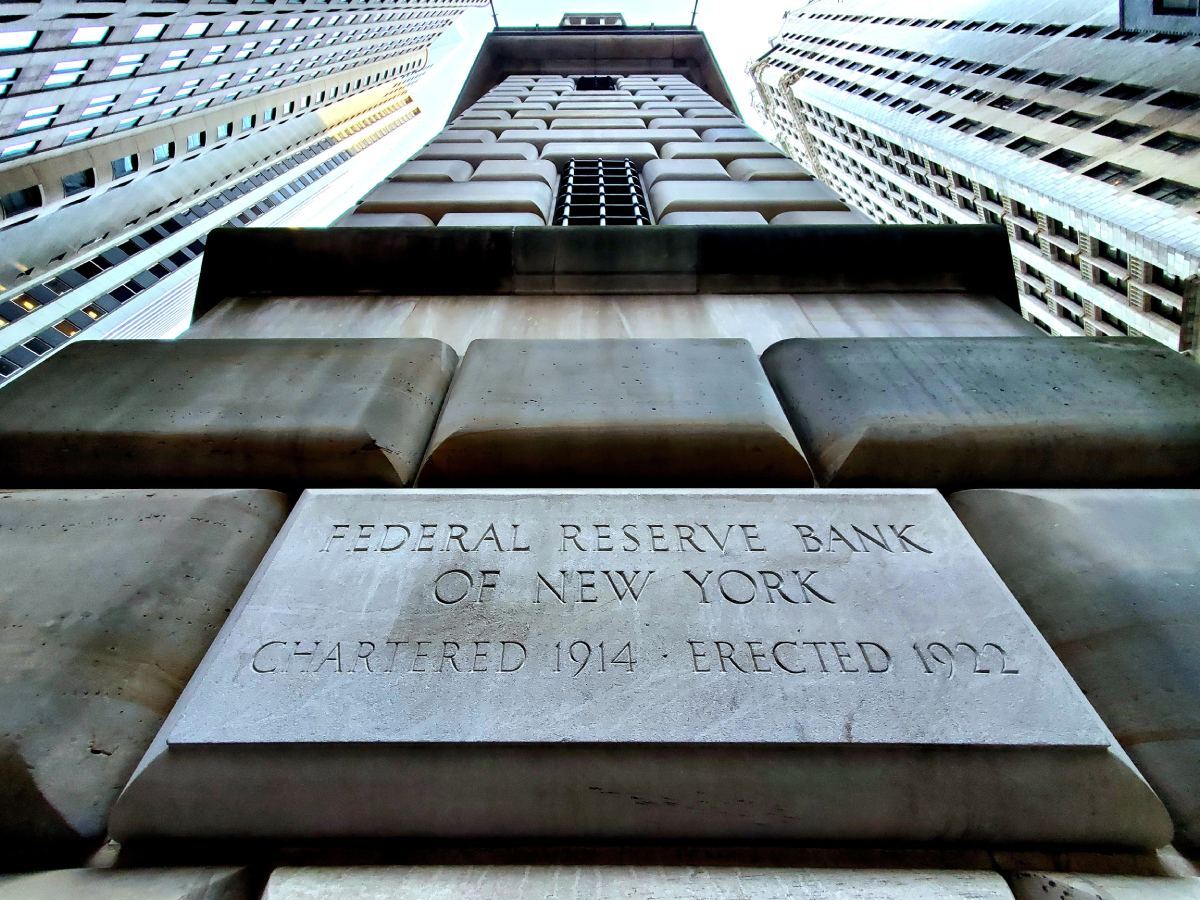
As expected, the Fed stayed put last week, but something unusual happened behind the scenes.
Two members of the Fed’s powerful Board of Governors pushed for a rate cut, marking a rare display of dissent inside the central bank’s top brass.
Governors Michelle Bowman and Christopher Waller broke ranks in the July policy vote, favoring a cut instead of maintaining rates.
On its face, a split vote may not sound groundbreaking. But as economist Wolf Richter noted, it’s been more than 30 years — back in the Alan Greenspan era — since two sitting Fed governors dissented on a policy decision.
The Board of Governors holds permanent voting power on monetary policy, unlike the rotating seats of regional Fed bank presidents.
With seven members appointed by the President and confirmed by the Senate, their internal disagreements carry far more institutional weight. Some economists see this as a sign of a meaningful shift brewing within the Fed.
Adding to the intrigue, Bowman and Waller’s stance mirrors former President Trump’s persistent calls for rate cuts.
Trump has repeatedly slammed Fed chair Jerome Powell for keeping rates high, arguing it drives up federal borrowing costs at the expense of economic growth.
“Uncertainty about the economic outlook”
Despite the push for cuts, Powell and the majority stuck to their cautious stance, citing lingering economic uncertainty tied to Trump’s escalating trade policies.
Higher tariffs are driving up consumer prices, and with the full effect yet to kick in, the Fed is finding it hard to justify lower rates.
For example, the core PCE index — the Fed’s preferred inflation gauge — rose 0.3% in June, up from 0.2% in May. On a yearly basis, it climbed to 2.8%, further away from the 2% target.
“The above-target rise in core PCE prices in June, upward revisions to previous months’ data and the sharp rise in core goods inflation will do little to ease the Fed's concerns about tariff-driven inflation,” wrote Harry Chambers, economist at Capital Economics.
At a press conference after the decision, Powell acknowledged that higher tariffs are starting to feed through to inflation data but said the broader impact “remains to be seen.”
Initially, his remarks dampened expectations for fall rate cuts. But after a weaker-than-expected jobs report, traders have swung back.
CME Group’s FedWatch Tool now pricing in a near lock for a September cut.
Your email address will not be published. Required fields are markedmarked